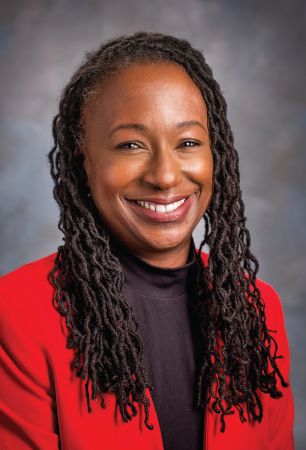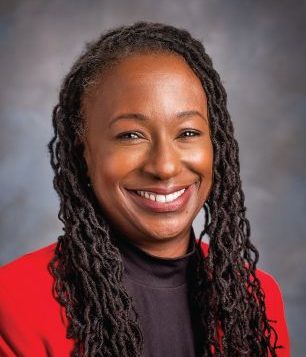
Creshelle Nash, MD
Across the country, disparities in vaccine rollout are a continuous challenge for industry stakeholders.
According to the latest data from Kaiser Family Foundation, 56 percent of Black adults have received at least one dose of the vaccine compared to 65 percent of White adults. Nearly one-quarter of Black adults say they will wait and see before getting vaccinated. When the data has been broken down on a county level using social vulnerability index, there are similar disparities.
In some states, especially those with a heavily rural population like Arkansas, it’s an even greater challenge to get Black and other communities of color vaccinated. According to recent data from the Arkansas Department of Health, about 76 percent of the state’s shots have been given to White people, 10 percent to Black people and 4 percent to Hispanics.
Health Evolution Forum CEO Guide: Increasing Vaccine Uptake in Diverse Communities
Health Evolution recently spoke with Creshelle Nash, MD, Medical Director for Public Programs and Utilization Management at Arkansas Blue Cross Blue Shield about disparities in vaccine rollout in the state, strategies she has seen work in underserved communities and what doesn’t work in reducing these disparities.
What have you seen in Arkansas with disparities in vaccine rollout?
We’re really seeing disparities in vaccines that mirror the disparities that we have known about for a very long time in health care. Recently, the health department has started to report vaccine administration rates by race and ethnicity. African Americans makeup about 16 percent of the population in the State of Arkansas and the data shows a lag with African Americans making about 10 percent of the vaccine uptake.
Those disparities are due to a number of things that the pandemic has shown us in real time. People really don’t have some of the resources that they need to be healthy. For example, accurate information to decide whether or not to get the vaccine. Transportation issues, connectivity issues, access to pharmacies and even access to the mass vaccine clinics. There are a lot of things wrapped up in there and this is all about health equity. We’re trying to address all of those issues.
Another thing that I would add in terms of the disparities is that we can’t talk about health equity without talking about race specifically and really structural racism. What I mean by that is systems of disadvantage that pre-dated COVID that COVID is showing us. We have to address those policies and practices that actually can be barriers for people and actually cause disparity without intent.
The last thing I would make a comment on is about the term vaccine hesitancy. I would call it something much stronger than hesitancy. It’s actually a mistrust of the health care system. There is a mountain of evidence in the literature that suggests communities of color don’t have access to quality health care. We have to address those fears and understand that while we’re trying to address these disparities, COVID-19 is having a disproportionate impact on the very people who need the vaccine. We’re trying to address all of that in our efforts in the state of Arkansas.










